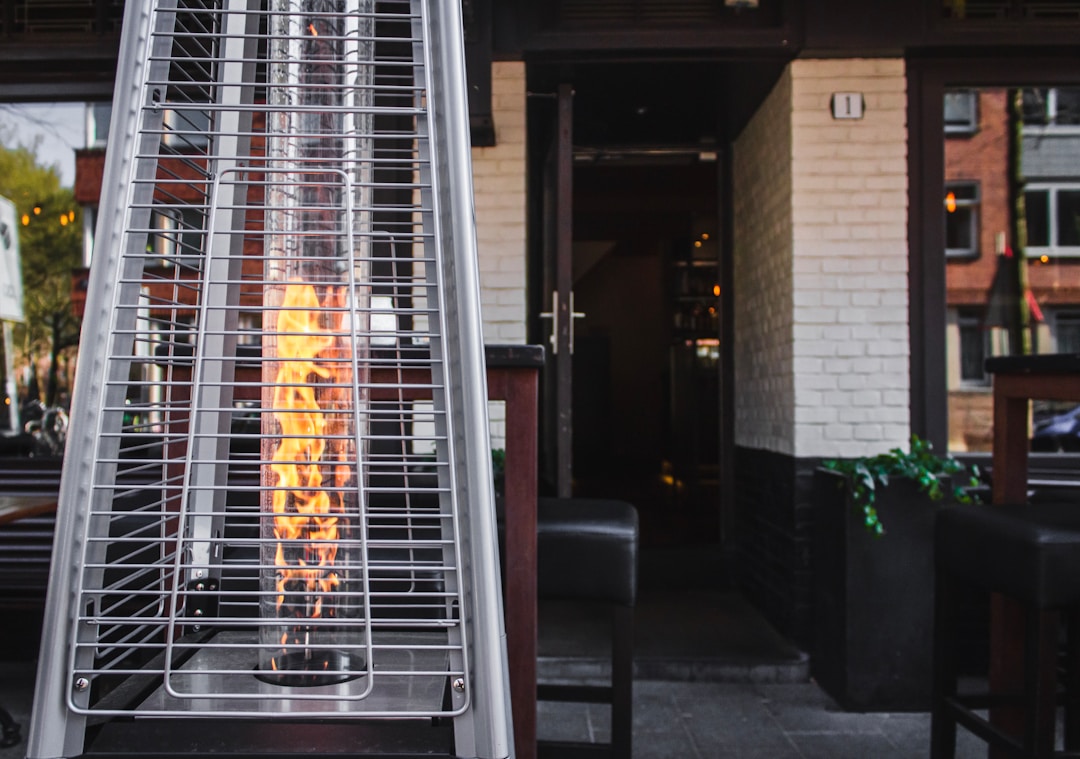When it comes to getting through those wicked winter months, you want to make sure that your home is up to tackle the brutal temperatures and that your heating system is able to keep you warm when you rely upon it most. While some people have turned to electric heaters as a solution to their wintry woes, there are plenty of non-electric options on the market that homeowners can take advantage of. Here’s why you may want to consider looking into these non-electric heaters.
It’s great for emergency use.

When exploring the options for indoor heaters non-electric, you’ll want to keep in mind the capacity of the heating system you need for indoor or outdoor use. The good news is that with non-electric heaters, you don’t have to worry about the power going out. When it comes to keeping warm indoors, most of us prefer an electric heater; however, adapting to a type of heater that relies on a fuel source, wood, or radiant heat can save you on your electric bill while making sure that the warmth is flowing throughout your home all year long.
It is very important for a homeowner to invest in a carbon monoxide detector if they have any type of fuel source throughout their household. Carbon monoxide is odorless and a silent killer that can be caused by a range of issues. If you are opting for a heater that relies on fuel, make sure you work with a licensed professional to install a wood-burning unit or a natural gas or kerosene heater to generate the amount of heat that you’re seeking.
There are portable and versatile options.

The best part about these non-electric heaters is that you can get through the cold winter nights in a variety of settings. Natural gas heaters typically come with an adjustable thermostat whether it serves as a primary heat source or not. You can adapt a portable propane heater to any setting, particularly for outdoor use. This will allow for proper ventilation within that particular area, especially if it is in a large space. Some of these heaters require a certain amount of air to be flowing to avoid the risk of carbon monoxide poisoning.
While an electric heat source can be reliable, you may not be able to use it in an outdoor setting if you are in a scenario where there are no electrical outlets. In the event of a power outage, you can bring a small heater that is accessible through a fuel source into your home and be able to safely operate the ignition system to keep the warm air flowing throughout your household, even when the rest of your home is in the dark.
You can use these heaters where electricity is inaccessible.

Depending on the ambiance and setting of your living area or indoor space, you can rely on these non-electric heaters to accommodate you when you’re not able to get yourself warmed up by electricity. This is a great option if you need an emergency heater for your living space. Beyond an emergency, it’s also a great way to provide a heating element without impacting energy efficiency.
Wood and radiant heating have actually emerged as more resourceful options, diving less into electric expenses as well as drawing down the use of fossil fuel. Depending on the tank size, you can accommodate enough heat to keep even a large space comfortable through the most frigid of temperatures. Be sure to consider the capacity of these heaters for indoor use or outdoor use before opting to crank them up to a high setting. However, there is plenty of benefit beyond the non-electric heating options.
